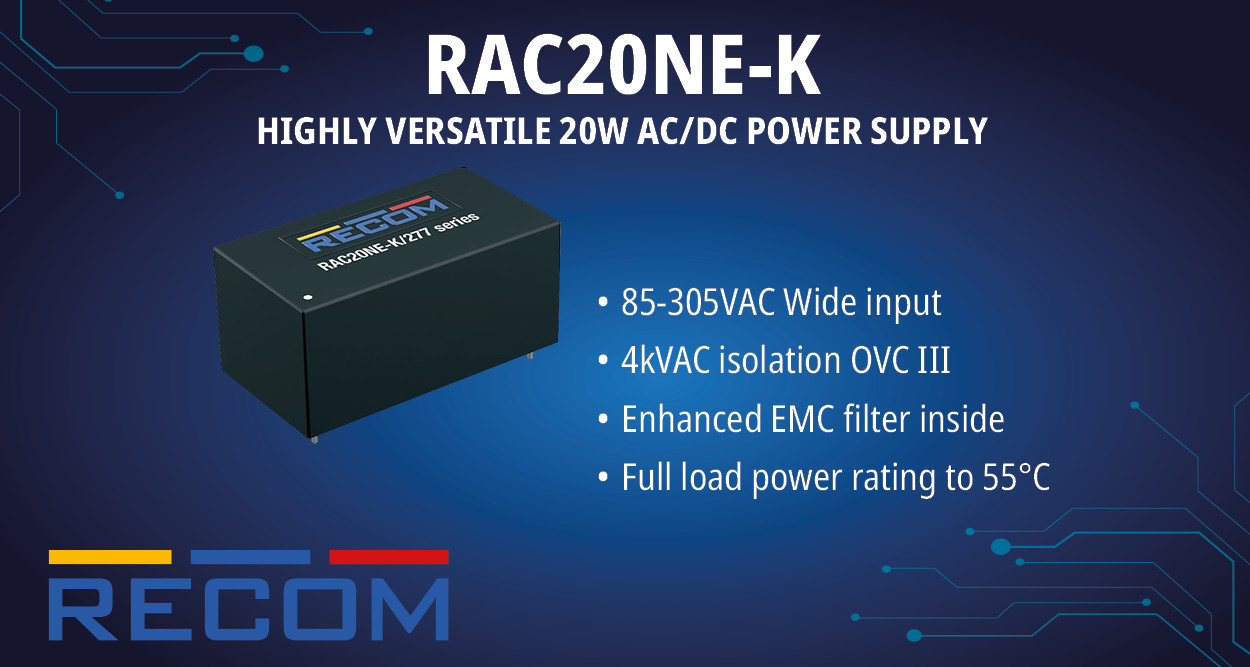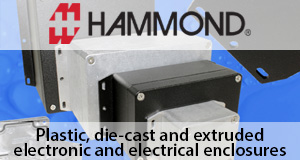According to Precedence Research, the global automotive printed circuit board market size is expected to attain around USD 18.14 billion by 2034 increasing from USD 10.38 billion in 2024, with a CAGR of 5.74%.
Automotive Printed Circuit Board Market Key Points
- In 2024, Asia Pacific held the largest share of the automotive printed circuit board market.
- North America is projected to witness the fastest CAGR over the forecast period.
- By type, double-sided PCBs accounted for the highest market share in 2024.
- By type, multi-layer PCBs are anticipated to grow at a robust CAGR from 2025 to 2034.
- By vehicle type, passenger cars dominated the market in 2024 with the largest share.
- By vehicle type, commercial vehicles are expected to register the highest growth rate during the forecast period.
- By level of autonomy, conventional vehicles led the market in terms of revenue share in 2024.
- By level of autonomy, autonomous vehicles are set to expand at the fastest pace between 2025 and 2034.
- By application, infotainment components emerged as the leading segment in 2024.
- By application, the ADAS and basic safety segment is forecasted to grow at a noteworthy CAGR through the projected period.
What is Driving the Demand for Automotive PCBs?
The automotive industry’s shift toward advanced electronics, electric vehicles, and smart technologies is significantly boosting the demand for printed circuit boards. Automotive PCBs are essential components in various vehicle systems such as infotainment, safety features, navigation, and powertrain control. Their role in ensuring reliable electrical connections and data processing makes them indispensable in modern vehicles.
How is AI Transforming the Automotive Printed Circuit Board Market?
Artificial intelligence (AI) is playing a transformative role in the automotive PCB market by optimizing design processes and enhancing manufacturing efficiency. AI-powered software tools are being used to design complex, multi-layer PCBs with greater precision and speed, reducing errors and development time. This enables automotive manufacturers to meet the rising demand for advanced electronic components used in electric vehicles, ADAS, and infotainment systems.
What Impact Does AI Have on Quality and Innovation?
AI is significantly improving quality control in PCB production through automated inspection systems that detect defects with high accuracy. Machine learning algorithms analyze vast amounts of production data to predict maintenance needs, reduce downtime, and improve yield rates. Moreover, AI enables real-time monitoring and adaptive process adjustments, fostering innovation and allowing manufacturers to produce more reliable and efficient PCBs tailored to next-generation automotive technologies.
Regional Outlook of the Automotive Printed Circuit Board Market
Asia Pacific
Asia Pacific leads the global automotive printed circuit board (PCB) market, holding the largest revenue share as of 2024. This dominance is driven by high vehicle production volumes, rapid adoption of electric vehicles (EVs), and lower manufacturing costs. The region benefits from established supply chains and proximity to rare earth material sources essential for PCB manufacturing.
China, as the world’s largest EV producer, is a major driver, with automakers like BYD, Nio, XPeng, and Geely fueling demand for advanced PCBs. Japan and South Korea contribute through advanced engineering and miniaturization, while India is emerging as a key player due to government incentives and a growing domestic PCB sector.
North America
North America is projected to be the fastest-growing region in the automotive PCB market. Growth is fueled by technological leadership, early adoption of premium vehicles, and advancements in electric and autonomous driving technologies.
Companies such as Tesla, Rivian, General Motors, and Ford are at the forefront, requiring sophisticated PCBs for smart vehicles. Consumer demand for advanced digital features, strict regulatory requirements, and strong R&D investments further boost the region’s market growth.
Europe
Europe is recognized for its engineering excellence, particularly in quality assurance, design precision, and sustainable PCB production. The region’s automotive brands and suppliers focus on advanced manufacturing techniques and high standards of reliability, especially for safety-critical and environmentally conscious automotive electronics. Europe continues to innovate in electric and hybrid vehicles, emphasizing emission reduction and smart mobility integration.
Market Scope
| Report Coverage | Details |
| Market Size by 2034 | USD 18.14 Billion |
| Market Size in 2025 | USD 10.98 Billion |
| Market Size in 2024 | USD 10.38 Billion |
| Market Growth Rate from 2025 to 2034 | CAGR of 5.74% |
| Dominating Region | Asia Pacific |
| Fastest Growing Region | North America |
| Base Year | 2024 |
| Forecast Period | 2025 to 2034 |
| Segments Covered | Type Outlook, Vehicle Type Outlook, Level of Autonomy Outlook, Application Outlook, and Region |
| Regions Covered | North America, Europe, Asia-Pacific, Latin America, and Middle East & Africa |
Segmental Analysis of the Automotive Printed Circuit Board Market
Type Insights
The double-sided PCBs segment dominated the market in 2024. These boards offer an optimal balance between cost and functionality, featuring circuitry on both sides connected by vias, which allows for denser circuit placement. This makes them ideal for a wide range of automotive applications—such as LED lighting, dashboard clusters, and power windows where moderate complexity and robust performance are needed. Their cost-effectiveness and mechanical durability also make them popular in emerging markets and for use in vibration-prone automotive environments.
The multi-layer PCBs segment is expected to grow rapidly, driven by the increasing complexity of vehicle electronics, especially in electric vehicles (EVs) and advanced driver-assistance systems (ADAS). Multi-layer PCBs are crucial for managing high-speed data, power distribution, and miniaturization in applications like battery management and infotainment systems.
Vehicle Type Insights
Passenger cars held the largest revenue share in 2024, primarily due to high production volumes and the growing demand for advanced electronic features such as navigation, ambient lighting, and automated climate controls. The proliferation of connected car technologies in even mid-segment vehicles has further increased the need for reliable, compact PCBs. Electrification of existing passenger vehicles also contributes to sustained demand for circuit boards.
The commercial vehicles segment is projected to grow at the highest CAGR, fueled by the push for clean logistics, government-backed electrification programs, and the adoption of smart fleet management systems. These trends require robust PCBs for power electronics, diagnostics, and real-time vehicle tracking.
Level of Autonomy Insights
Conventional vehicles dominated the market in 2024, as the majority of the global automotive fleet remains non-autonomous but is increasingly being upgraded with smart modules for safety and entertainment. These vehicles use PCBs in engine control units, anti-lock braking systems, and other standardized electronic features.
The autonomous vehicles segment is expected to see the fastest growth, as the rise in autonomous vehicle production demands sophisticated, multi-layered PCBs to support sensor fusion, real-time computing, and fault-tolerant systems. These applications require high-frequency, rigid-flex, and RF PCBs for seamless data transmission and space optimization.
Application Insights
The infotainment components segment led the market in 2024, reflecting the widespread integration of advanced infotainment systems touchscreens, navigation, Bluetooth, and voice assistants across all vehicle categories. These systems require high-speed, multi-layer PCBs capable of handling large data volumes and maintaining signal integrity. Infotainment modules often serve as integration points for other vehicle systems, increasing their complexity and PCB requirements.
The ADAS and basic safety segment is expected to grow significantly, driven by regulatory mandates and consumer demand for safer vehicles. ADAS features like lane-keeping assist and emergency braking depend on reliable, EMI-shielded PCBs, while basic safety systems such as airbags and rear-view cameras are now standard in many vehicles, further boosting PCB demand.
Automotive Printed Circuit Board Market Companies
Chin Poon Industrial Co., Ltd.
Chin Poon is a leading player in the automotive PCB market, known for its high-reliability PCBs tailored for electric vehicles, ADAS, and automotive safety systems. The company has a strong presence in Asia and supplies major automotive OEMs and Tier 1 suppliers globally.
Meiko Electronics Co., Ltd.
Meiko Electronics plays a key role by offering advanced multilayer and HDI PCBs for automotive applications. Its focus on innovation, especially for high-heat and high-frequency automotive environments, supports next-generation vehicle development.
Nippon Mektron, Ltd.
A global leader in flexible printed circuits (FPCs), Nippon Mektron is crucial in providing lightweight, space-saving PCB solutions ideal for compact automotive electronics. Their products are extensively used in infotainment systems, safety controls, and EV modules.
TTM Technologies, Inc.
TTM Technologies is a major U.S.-based PCB manufacturer serving the automotive market with advanced technologies including radar, ADAS, and EV systems. Its engineering expertise and global manufacturing network position it as a trusted partner for automotive innovation.
KCE Electronics Public Company Limited
Based in Thailand, KCE is a significant exporter of automotive PCBs, particularly double-sided and multilayer boards. The company supports global carmakers by providing reliable, cost-effective PCBs for vehicle control systems, sensors, and lighting applications.
Tripod Technology Corporation
Tripod Technology supplies high-performance PCBs to automotive electronics manufacturers worldwide. The company focuses on producing multilayer and HDI PCBs for use in automotive infotainment, safety, and energy systems.
Unimicron Technology Corp.
Unimicron is a top-tier PCB provider offering a wide portfolio of automotive-grade PCBs, including HDI and rigid-flex types. The company is investing in innovations to meet the demands of EVs and smart vehicle applications.
Kingboard Chemical Holdings Ltd.
While primarily known for its raw material production, Kingboard also plays a strategic role in the supply chain by providing high-quality laminates used in automotive PCBs. Their materials ensure durability and heat resistance in harsh vehicle environments.
Amitron Corporation
Amitron, a U.S.-based manufacturer, contributes to the automotive PCB space by offering rapid prototyping and volume production services. The company emphasizes quality and customization for various vehicle electronics, including engine controls and telematics.CMK Corporation
CMK is a prominent Japanese PCB manufacturer with a dedicated focus on automotive applications. Its products are widely used in powertrain systems, electronic control units, and hybrid/EV modules, driven by continuous R&D in high-reliability PCBs

















